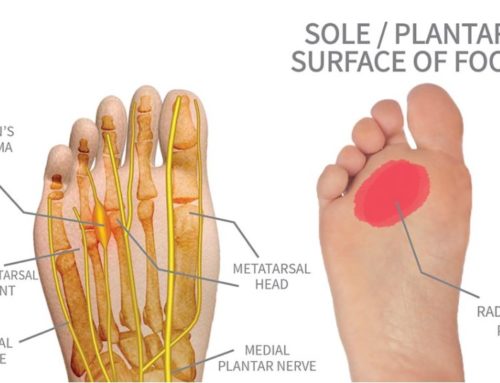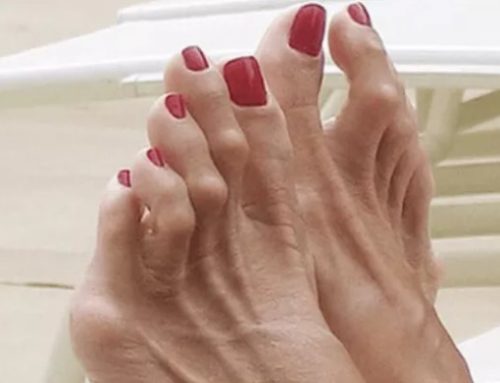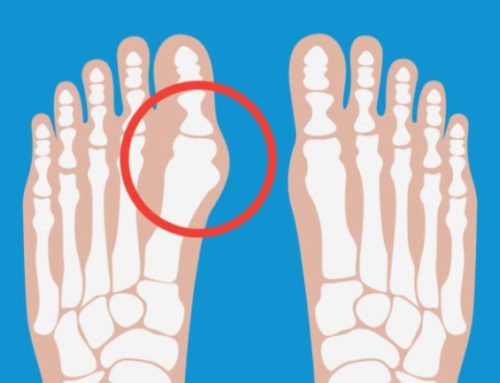Like we discussed earlier, foot ulcerations can frequently take a long time to heal and become frustrating to the patient. Once you develop a foot ulceration, the most important thing to think about is how it can get healed as quickly as possible. To do this, you need to determine the underlying causes for non-healing. There are 4 major areas that us as podiatrists think about that can be preventing ulcerations from healing. We will discuss two of them in this blog and the remaining two in upcoming blogs.
- Blood Flow: Just like any other injury in the body, blood flow is needed for ulcerations to heal. An ulceration that is starved of blood may start looking black and discolored. Normal ulcerations should have a red base. Diabetes predisposes patients to vascular disease. A simple noninvasive test can be done in the office to look for adequate circulation. If poor blood flow is found, you may be referred to a vascular specialist for evaluation.
- Offloading: Think about it: you are constantly putting all of your body weight on your poor feet. Patients with diabetes and a multitude of other diseases have neuropathy and thus have minimal or no sensation in their feet. Many times patients can step on nails, needles or tacks without feeling anything. In a sensate patient, the pain you have with an ulceration would prevent you from bearing weight on the affected area hence offloading the area. Patients with neuropathy don’t have this luxury and need to be offloaded through other means. Examples of offloading methods include special inserts for shoes, boots, or different types of casts.
Call Quality Foot Care today at 215-230-9707 to visit with Doylestown’s community podiatrists. We will be happy to discuss the above in detail and help you stay on your feet.
Stay tuned for more blogs on this topic including other things we look at for healing as well as other treatment options for diabetic foot ulcerations that we are using in the office today!




Leave A Comment